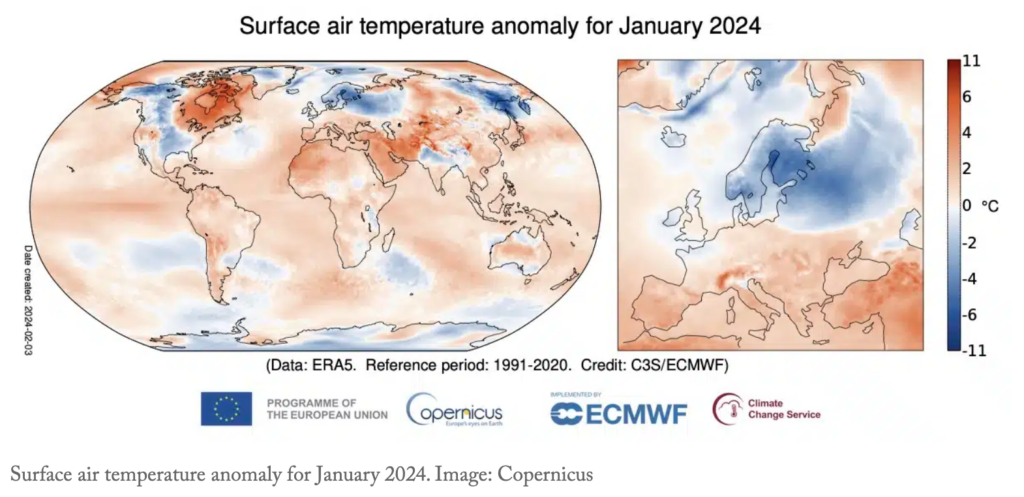It’s been reported recently that the 1.5c global warming limit, a limit which was agreed upon in 2015 as part of the Paris Agreement to limit the damage that global warming will bring, has already been exceeded for a 12-month period for the first time.
What is the Paris Agreement?
On 12 December 2015, during COP21 in Paris, world leaders agreed to substantially lower global greenhouse gas emissions and to actively work to limit global warming to just 1.5c above pre-industrial levels. This agreement became the landmark Paris Agreement.
Limiting global warming to 1.5c above pre-industrialised levels is said to limit the worst of what climate change can bring. However, only nine years after the Paris Agreement was agreed, the world’s average temperature has already exceeded this 1.5c limit for a full 12-month period. This is the first time this has occurred, and naturally has caused significant worry.
The actual temperature increase for the 12 months studied stood at 1.52c above pre-industrial levels, which was measured from February 2023 to January 2024. While this increase does not mean this will be a permanent increase in temperatures, it gives an indication for future decades as to what is possibly coming.

Last year was the hottest year on record, made worse by the El Nino weather system. The United Nations has already said we are running out of time to make the changes needed to cap global temperatures. The long-term increase in atmospheric CO2 levels are now 50% higher than during pre-industrialised times – solely attributed to human activities such as the burning of fossil fuels.
Global Impact:
The global impact at the mentioned 1.5C threshold depends on how we get to this limit. If we overshoot 1.5C between now and the year 2100 and then reduce it back to 1.5C, the risks are higher than if the planet slowly stabilises at 1.5C. The peak temperature of the century will also have a major impact on ecosystems, such as tropical corals. In July 2023, a record was broken of epic proportions. It was the hottest July globally in 120,000 years….

Can burning wood help lower global emissions?
Despite misleading information in some media outlets, burning firewood, if done so correctly, is highly environmentally friendly and sustainable as long as:
1. You’re sourcing wood from sustainable woodlands
2. You’re burning seasoned wood
3. You’re burning this seasoned wood on an Ecodesign stove
Woodlands MUST be sustainable. Here are a few key facts about woodlands and forests:
1. Forests cover around 30% of the world’s land area
2. Forests contain most of the world’s biodiversity and almost as much carbon as in the atmosphere
3. Directly and indirectly, forests and woodlands provide livelihoods for over one billion people
4. Forests influence the availability of water, regulate surface and groundwater flows, and also help maintain high water quality
5. Forests and trees reduce water-related risks such as landslides, floods and droughts.
View our range of wood-burning stoves here.








